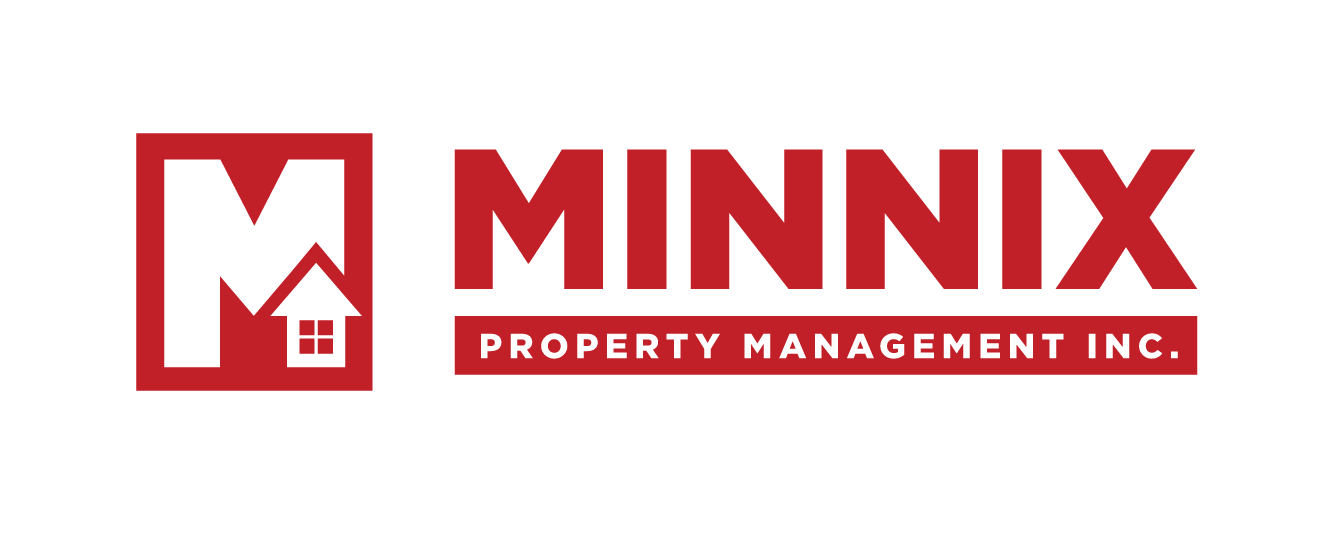Finding the right tenants is crucial for a successful rental business. Responsible and reliable tenants not only ensure consistent rental income but also help maintain your property’s condition. On the other hand, problem renters can cause headaches, financial loss, and property damage. In this blog post, we’ll discuss the top five tenant red flags that every landlord should be aware of. By recognizing these warning signs early on, you can make informed decisions during the tenant screening process and ensure a smooth and stress-free rental experience.

-
Inconsistent Rental History:
One of the most significant tenant red flags is an inconsistent rental history. When reviewing tenant applications, look for frequent moves or short tenancy periods at previous residences. This pattern may indicate that the applicant has a history of breaking leases or not fulfilling rental agreements. Responsible and stable tenants typically have a more consistent rental history with longer tenancy periods.
-
Poor Credit Scores:
A tenant’s credit score is a valuable indicator of their financial responsibility. A low credit score can suggest a history of financial difficulties and late payments. While some potential tenants may have lower credit scores due to specific circumstances, such as medical issues or job loss, it’s essential to carefully assess their overall financial stability and willingness to pay rent on time.
-
Eviction History:
An eviction history is a significant red flag that should not be overlooked. Past evictions indicate that the applicant has been legally removed from a rental property due to non-payment of rent, lease violations, or other issues. Tenants with eviction histories are more likely to cause problems and repeat the same behavior in your property.
-
Insufficient Income or Employment Instability:
A tenant’s ability to pay rent consistently is crucial for your rental property’s success. During the tenant screening process, verify their income to ensure it meets the required rental affordability standards. Look for stable employment history and sufficient income to cover monthly rent and living expenses. Tenants with unreliable income sources may struggle to make timely rent payments.
-
Negative References from Previous Landlords:
Contacting previous landlords for references is an essential part of the tenant screening process. Pay close attention to any negative feedback or hesitancy from previous landlords. Uncooperative landlords or vague responses could be a sign that the applicant was problematic or difficult to manage as a tenant.
Conclusion:
Identifying tenant red flags is crucial for protecting your rental property and investment. By recognizing warning signs such as inconsistent rental history, poor credit scores, eviction history, insufficient income, and negative references, you can make informed decisions during the tenant screening process. Conducting thorough background checks and screening potential tenants carefully will help you select responsible and reliable tenants, reducing the risk of property damage, late rent payments, and other problems.
Remember that tenant screening is a critical step in successful property management. Don’t rush the process; take the time to thoroughly review applications and conduct background checks. A well-screened tenant is more likely to respect your property, follow the rules, and maintain a positive landlord-tenant relationship. By staying vigilant and recognizing tenant red flags, you can ensure a smooth and stress-free rental experience, leading to long-term success as a property owner.
